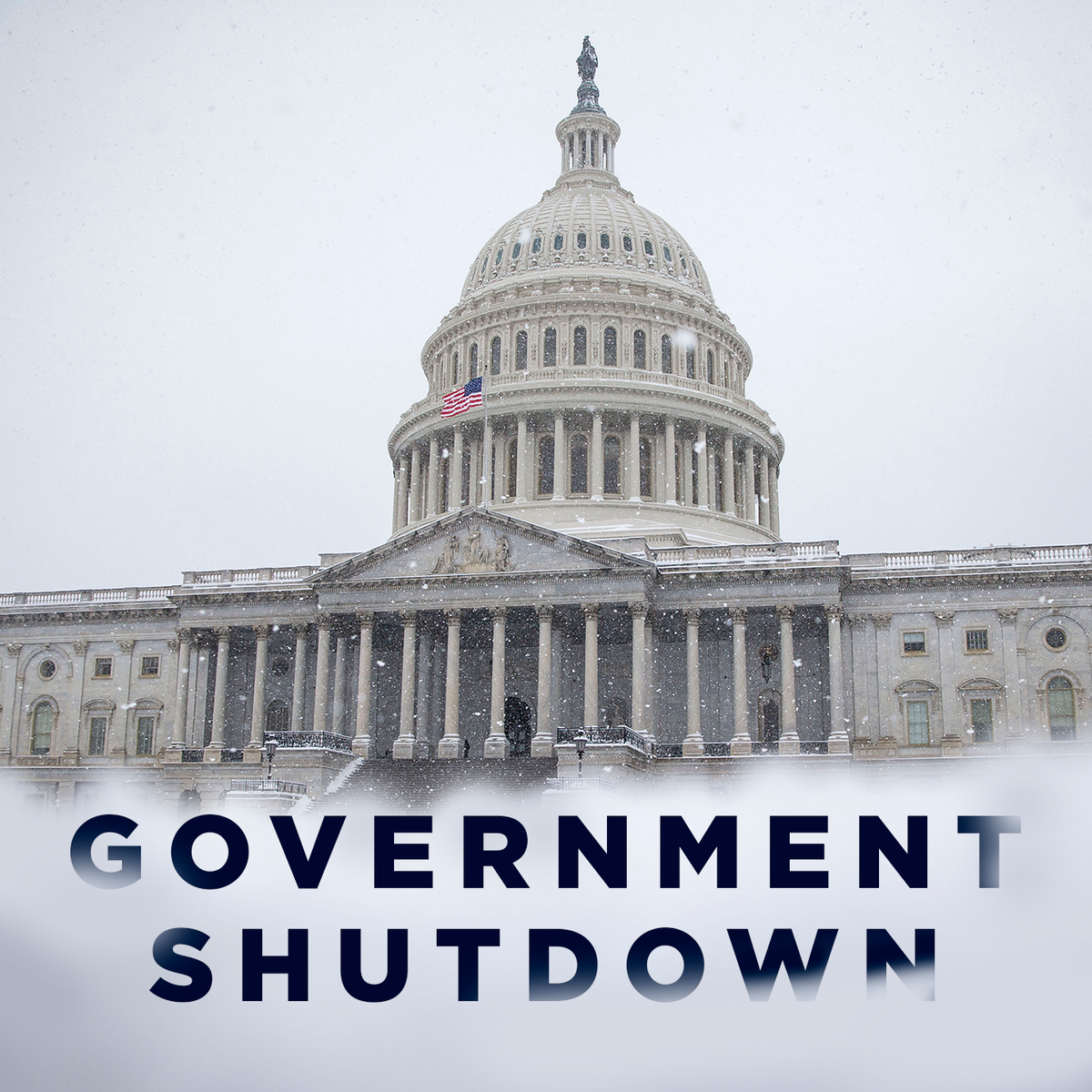
September 290 Comments
Government Shutdown 2025: What It Means for You
A government shutdown 2025 is a risk many people are watching closely. In simple terms, a government shutdown happens when Congress fails to pass funding bills or a temporary spending plan before the deadline.

Government Shutdown 2025: What It Means for You
A government shutdown 2025 is a risk many people are watching closely. In simple terms, a government shutdown happens when Congress fails to pass funding bills or a temporary spending plan before the deadline. Then parts of the government must pause operations until the money is approved.
In this blog, we will explain:
- Why a shutdown happens
- What services are affected
- What stays running
- How it impacts workers and citizens
- Past shutdowns and lessons
- What to watch in 2025
What Is a Government Shutdown?
The U.S. federal government must operate on budgets approved by Congress. Each fiscal year, which begins on October 1, requires 12 appropriation bills to fund departments and agencies. If Congress does not pass them or a short-term funding plan, a shutdown will occur.
During a shutdown, non-essential operations stop. Essential services may continue, but often under limited funding. The legal reason is the Antideficiency Act, which prohibits government spending without congressional approval.
Why Is 2025 Especially Risky?
The risk of a government shutdown 2025 feels higher than usual because of several reasons:
- Congress has not passed the 12 required funding bills.
- Disagreements remain over healthcare spending and other programs.
- A temporary funding plan is being debated, but there is no agreement yet.
- Federal agencies have already been asked to prepare for possible staff furloughs.
This means time is running out, and unless lawmakers reach a deal, parts of the government will shut down.
What Services and Agencies Are Affected?
During a shutdown, the government divides its work into “essential” and “non-essential” services.
What Stops
- Administrative offices that process permits and applications
- Many court operations may slow or suspend activity
- National parks and museums may close or limit access
- Environmental inspections may be delayed
- Research grants and federal contracts may be put on hold
What Continues
- Social Security, Medicare, and veterans’ benefits
- Law enforcement, border security, and air traffic control
- Essential federal employees, such as military and prison staff
- Services related to public safety and national security
Even though essential staff continue working, they may not receive pay until after the shutdown ends.
Impact on Federal Workers and Contractors
One of the biggest effects of a shutdown is on federal employees and contractors.
- Furloughs: Non-essential employees are sent home without pay until funding returns.
- Back Pay: By law, they usually receive payment later, but delays create stress.
- Unpaid Essential Work: Some workers must continue but will only be paid after funding resumes.
- Contractors: Many lose support or face project delays.
- Uncertainty: Families may struggle with bills and financial planning.
Effects on Citizens and the Economy
A shutdown affects ordinary people in many ways:
- Delays in passport and visa processing
- Loan approvals and tax refunds may slow down
- Closed access to national parks and public museums
- Suspended inspections related to food safety or the environment
- Economic loss as government workers have less money to spend
- Market instability if investors lose confidence
Past shutdowns have caused billions in economic losses, backlogs in services, and frustration for citizens.
What Past Shutdowns Teach Us
Looking back helps predict what might happen in 2025.
- The 1995–96 shutdown lasted 21 days, causing major disruptions.
- The 2013 shutdown lasted 16 days, tied to debates over health care.
- The 2018–19 shutdown was the longest ever at 35 days, leading to significant financial and social impacts.
The main lesson is that shutdowns rarely achieve full political goals but always cause real harm to workers and the public.
What to Watch in 2025
As the deadline approaches, here are the key things to follow:
- Will Congress agree to a temporary funding plan?
- Will political disagreements over healthcare and social programs block progress?
- How will federal agencies prepare to manage limited staff?
- Will job cuts or furloughs affect large numbers of employees?
- How will public pressure and market reactions influence lawmakers?
Can a Shutdown Be Avoided?
Yes, but only if Congress and the White House take quick action. Options include:
- Passing a temporary funding plan, known as a continuing resolution
- Approving all 12 full-year spending bills
- Using a combination of short- and long-term agreements
The outcome depends on political compromise. Without it, shutdowns will continue to be a repeated problem.
Final Thoughts
A government shutdown 2025 would not just be a political story; it would affect workers, businesses, and citizens in everyday life. Essential services would continue, but many programs would pause, causing stress and financial damage.
While history shows that shutdowns eventually end with compromise, the costs are always high. The hope is that leaders can reach a deal quickly and avoid unnecessary harm to the public and the economy.
- Government funding deadline 2025
- Shutdown effects on economy
- Impact of government shutdown
- Federal budget crisis 2025
- U.S. government shutdown

Comments